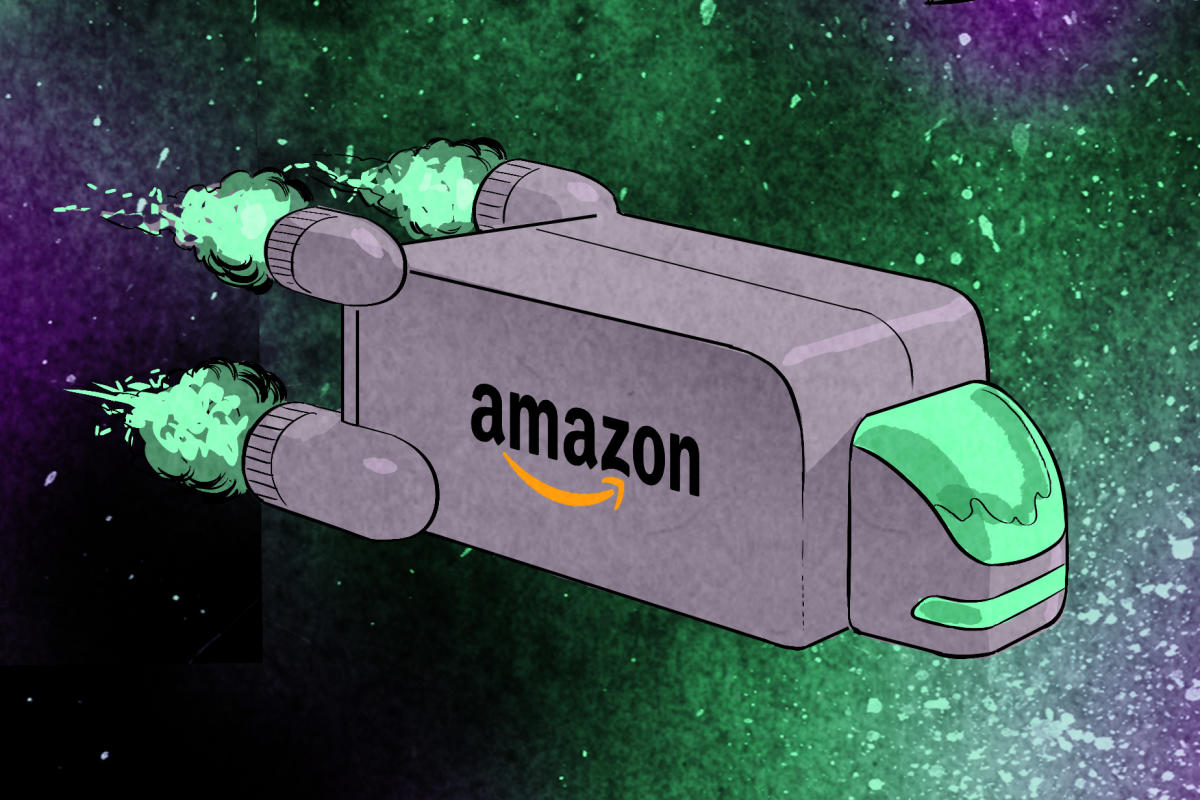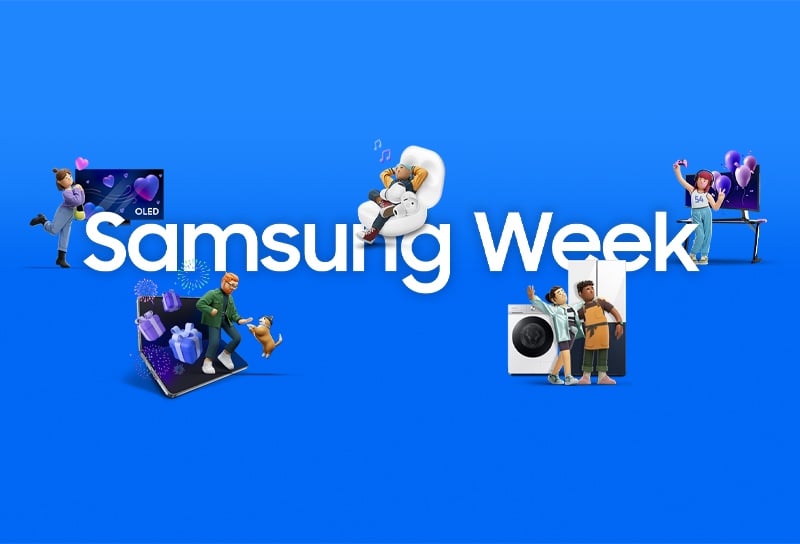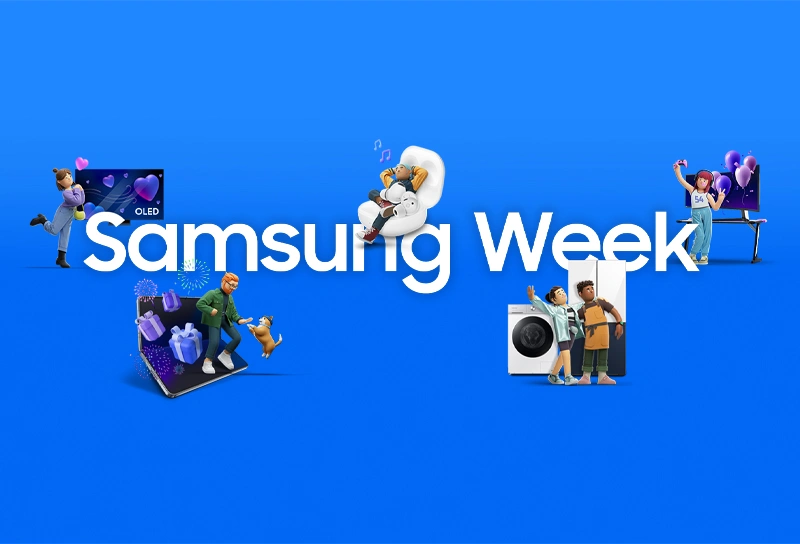Just as Engadget was hitting publish on its first posts, I was putting a freshly minted English degree to use working at an indie bookshop in Los Angeles. In seemingly unrelated news, Amazon had just reported its first profitable year after switching from selling books to selling “everything” four years before. (It still sold a lot of books.)
Our bookstore did a good job keeping shelves stocked with a balance of the more worthy popular hits and smaller, better fare. But we couldn’t have every book a customer might want, so we offered to order any in-print title. If a distributor had it, it’d take about a week to get in, longer if we had to go through the publisher. That seemed fine for most customers.
But sometimes “about a week” was too long. A few people came right out and said, “Nah, I’ll order it on Amazon.” In 2005, Amazon launched Prime, the membership program that, for $79 a year, gave customers unlimited two-day shipping on most orders. At launch, CEO Jeff Bezos called it “‘all-you-can-eat’ express shipping.” No one knew at the time how hungry the world was for Amazon’s brand of convenience. And now, nearly two decades later, we’ve seen the shifts that accommodate that buffet — in labor, retail and the entire customer experience.
Prime wasn’t an overnight success. It’s estimated that six years after launch, just four million households paid for the service. But 10 years later, in 2021, Bezos claimed it had accrued 200 million members worldwide. Outside of that milestone, Amazon hasn’t made its membership numbers public, but it’s likely the figure is higher now.
That shipping should be both free and fast has become an expectation, and no company has done more to alter the landscape of logistics than Amazon. On its own, the company operates over a hundred warehouses in the US, each ranging from 600,000 to four million square feet. Each one employs between 1,000 and 1,500 people, and an army of around 750,000 robots works alongside humans in many locations.
The company operates a fleet of cargo planes, is experimenting with drone deliveries and deploys thousands of delivery vans — though none of those Amazon-branded vans are driven by actual employees. Rather, separate companies, known as delivery service partners (DSP), subcontract drivers to operate those vans. Amazon employs 1.5 million people either full or part time (with one million in the US), but those figures don’t include independent contractors and temporary personnel. In addition to the DSP program, Amazon Flex lets individuals use their own cars to deliver smile-emblazoned packages to porches. The company outsources delivery to traditional providers too, relying on both UPS and the US Postal Service, the latter it has compelled to deliver packages on Sundays since 2013.
Such vast orchestration to deliver Stanley Quenchers and pimple patches faster than anyone has paid off. However, it’s hard to look at growth and revenue numbers without considering the human costs. Contracted drivers pee in bottles because meeting quotas leaves no time for bathroom breaks. Workers sustain serious injuries at automated warehouses. The company has been sued for retaliatory firing, intrusive employee surveillance practices and failure to follow COVID safety guidelines. Amazon again made the dirty dozen list in 2023 for workplace safety, according to the advocacy group National COSH. And while it has taken steps to improve, with better compensation, the company takes anti-union actions typical of a massive corporation, joining others in calling the National Labor Relations Board “unconstitutional.”
Apart from worker issues, Amazon’s dominance has made life harder for retail businesses in general, particularly the big chains. The Amazon Effect became shorthand for the mall-emptying squeeze of e-commerce on traditional retail. Even businesses that team up with Amazon don’t fare well. Third-party sellers on the site are subject to punitive measures and must contend with increasing fees, which sometimes put them out of business. Sellers who do perform well have seen products copied and sold by Amazon’s private label. Notable partnerships have had dismal results, such as when Borders outsourced its early web sales or the exclusivity deal with Toys ‘R’ Us. Of course, Borders no longer exists, and Toys ‘R’ Us filed for bankruptcy in 2017.
Trying to beat Amazon on speed and price is pointless. Joining them is unwise. So retailers compete in other ways. At the bookstore, we focused on our strengths: a varied, multi-talented staff who could size up a customer’s reading tastes and stick a good book in their hands. If someone came into our store circa 2005 and said they were into fantasy, there’s a good chance our book buyer would pass them a copy of George R.R. Martin’s latest, years before HBO had anything to do with it.
We had a curated ‘zine section and hosted live events with bestselling authors, cult magazine founders and local writers. But mostly, we capitalized on folks who wanted something more from their shopping experience than just speed and convenience, people who didn’t mind if it took a week to get a book, as long as it came with a little local community. Some just wanted to browse books while sitting under the tree (there’s a tree in the middle of the store), petting a cat (in my day, that was Lucy) and listening to what we felt were pretty wicked playlists.
Today, Skylight Books is still a force of creativity and verve in the Los Feliz neighborhood, and it has even expanded into an annex next door. In general, after the initial casualties from the retail apocalypse and COVID, independent bookstores are doing OK, with established names staying put and new stores opening. Elsewhere in the retail industry, big chains continue to close locations, but independent retail seems to be growing. Personally, I enjoy the new bakeries, brewpubs and bulk stores that have sprung up around the neighborhoods where I now live.
I can’t, as a commerce writer, ignore that a decent portion of my job directs readers to Amazon’s website. The company is playing a part in displaying the very words you’re reading, as Engadget’s site is facilitated by Amazon Web Services (AWS) through Yahoo’s cloud partnership. The company is one of the biggest on the planet, the second largest employer in the US and a good portion of every retail dollar spent in the US goes into Amazon’s revenue chest.
With its acquisition of Whole Foods’ 500+ stores, Amazon is doing fine in the physical retail sector. Yet the company doesn’t tend to win when it tries to fabricate other retail experiences. Amazon Books, Amazon Style and Amazon 4-Star were all small-scale retail spaces that tried to leverage Amazon’s brand, massive trove of buyer data and cutting-edge retail technology. At their peak, those stores comprised about 70 brick-and-mortar locations, all of which are now closed. The cashierless Amazon Go still has more than 20 locations in the US, but Amazon shut down nine of them in 2023 and hasn’t announced plans to open more.
Those misfires could be statistically inevitable; more than half of new businesses go under before they hit the 10-year mark. But perhaps those stores failed because, as physical spaces, they couldn’t capitalize on Amazon’s primary strength: zero-effort buying. Shopping at Amazon.com isn’t particularly pleasant. The website is cluttered and confusing. Suspect products and fake reviews erode shoppers’ trust. It isn’t even the cheapest place to shop. But that 1-Click™ buy button and turbo delivery makes stuff appear on our doorsteps like it slid there on greased rails.
Yet when people get up the energy to leave their homes, they may hope for more: human experiences created by people from their own neighborhoods who do what they do out of passion, not because market data indicates dollars to be had in a given sector. With its trillion-dollar valuation, Amazon isn’t going anywhere, but under its massive shadow, there’s still room for businesses that focus on the human element of commercial transactions, places where people might want to spend some of the time Amazon’s speed and convenience may have saved them.
To celebrate Engadget’s 20th anniversary, we’re taking a look back at the products and services that have changed the industry since March 2, 2004.
This article contains affiliate links; if you click such a link and make a purchase, we may earn a commission.




















